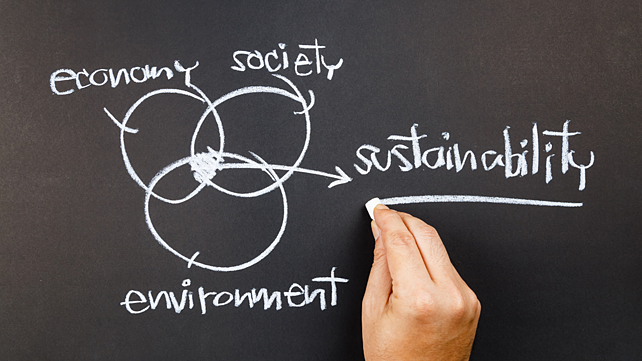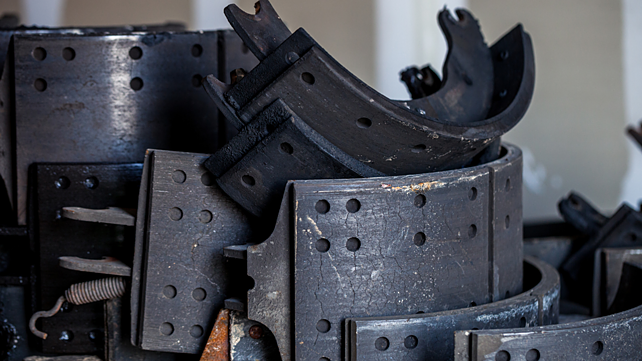
It is nearly impossible to speak of the future of humanity without accounting for the impact of COVID-19. It has shaped how we work, how we shop, how we study, and how we socialise. What was considered normal – a quick dash to the local store in your car, your daily commute to work, or sending your children to school – all of which relied on mobility of some kind changed dramatically when we were asked to stay home and stay put to protect ourselves and our neighbours.
Mobility as you know, however, is much more than the movement of people. The Mckinsey Center for Future Mobility speaks about its work in mobility in this way: “Our forward-thinking and integrated perspective covering automotive, cities, freight, infrastructure, last-mile delivery, utilities, and others helps industry leaders and policy makers lead change and navigate an increasingly autonomous, connected, electrified, and shared future.” [1]
Our very way of life relies on the movement of people and the things we need manufactured or grown – to survive and flourish. One thing is clear: to co-create a world that faces the climate crisis head on and continues to develop meaningful solutions to avert this existential disaster, many facets of the way we move will have to change permanently.
Circular Economy Approach
Electric mobility is often viewed as one of the primary solutions. But it is not a panacea. On circular investment opportunities in relation to mobility, especially through the lens of a resilient post-pandemic recovery, the Ellen MacArthur Foundation says [2]:
A circular economy approach to the recovery offers the opportunity to shape a more resilient mobility system that is clean, adaptable, and interconnected, and that also meets climate targets. In a circular mobility system, this vision is realised through designing out waste, keeping materials in use at their highest value for as long as possible, while also regenerating natural systems. A number of attractive circular investment areas could help attain this vision, including:
- Multi-modal mobility infrastructure for a more interconnected, less congested, and cleaner transport system; and
- Automotive refurbishment, remanufacturing, and recycling infrastructure for material circulation and effective use of resources.

Focus On Remanufacturing
The second opportunity, specifically remanufacturing, has been the focus of Re:CREATe over the last year. Remanufacturing is defined by the American National Standards Institute (ANSI) as a comprehensive and rigorous industrial process by which a previously sold, leased, used, worn, or non-functional product or part is returned to a “like-new” or “better-than-new” condition, from both a quality and performance perspective, through a controlled, reproducible and sustainable process…”
The Automotive Parts Remanufacturers Association (APRA) has highlighted some of the environmental benefits of automotive remanufacturing [3], which include:
- Energy Conservation: Automotive and truck parts are kept out of the re-smelting process longer because of remanufacturing. As a result, millions of barrels of oil or comparable forms of energy are saved.
- Raw Material Conservation: Remanufacturing gives a product numerous lives instead of just one, thereby saving raw material, resulting in annual savings of millions of tonnes of natural resources such as iron, aluminium, copper, etc.
- Air Pollution Reduction: Keeping parts out of the re-smelting process benefits the environment by reducing the air pollution that is generated by re-smelting.
Additionally, in a recent paper [4] published in the Journal of Cleaner Production, the authors noted that:
- When compared to new products, production using remanufactured products can save ~60% electric energy, ~70% metallic materials, and decrease ~80% air pollutants;
- When compared to a new automobile engine, a remanufactured engine can help decrease emissions of 565 kg CO2, 6.09 kg CO, and 3.98 kg SO2;
- The retail price of a remanufactured product is usually about 50-70% of a new one.
Remanufacturing is a compelling, proven, and profitable modality of actualising the circular economy that harnesses the power of technology, invites business model innovation, and aligns the way we design products and engage in business with our ideals of stewardship, of wanting to do the right thing, of doing things right, and of co-creating a sustainable, inclusive, and resilient world.
Theodore Roosevelt, the conservationist, naturalist, historian, and writer, who also served as the 26th President of the United States said, “Rhetoric is a poor substitute for action, and we have trusted only to rhetoric. If we are really to be a great nation, we must not merely talk; we must act big.”
The time to act is now. What are we waiting for?
References:
[1] https://www.mckinsey.com/features/mckinsey-center-for-future-mobility/overview
[2] https://www.ellenmacarthurfoundation.org/our-work/activities/covid-19/mobility
[3] https://apra.org/page/Remanufacturing
[4] Jian Cao, Xihui Chen, Xuemei Zhang, Yanchen Gao, Xueping Zhang, Sanjay Kumar, Overview of remanufacturing industry in China: Government policies, enterprise, and public awareness, Journal of Cleaner Production, Volume 242, 2020, 118450, ISSN 0959-6526, https://www.sciencedirect.com/science/article/pii/S0959652619333207.
About the Author: Rajiv Ramchandra is Founder and Director at Re:CREATe